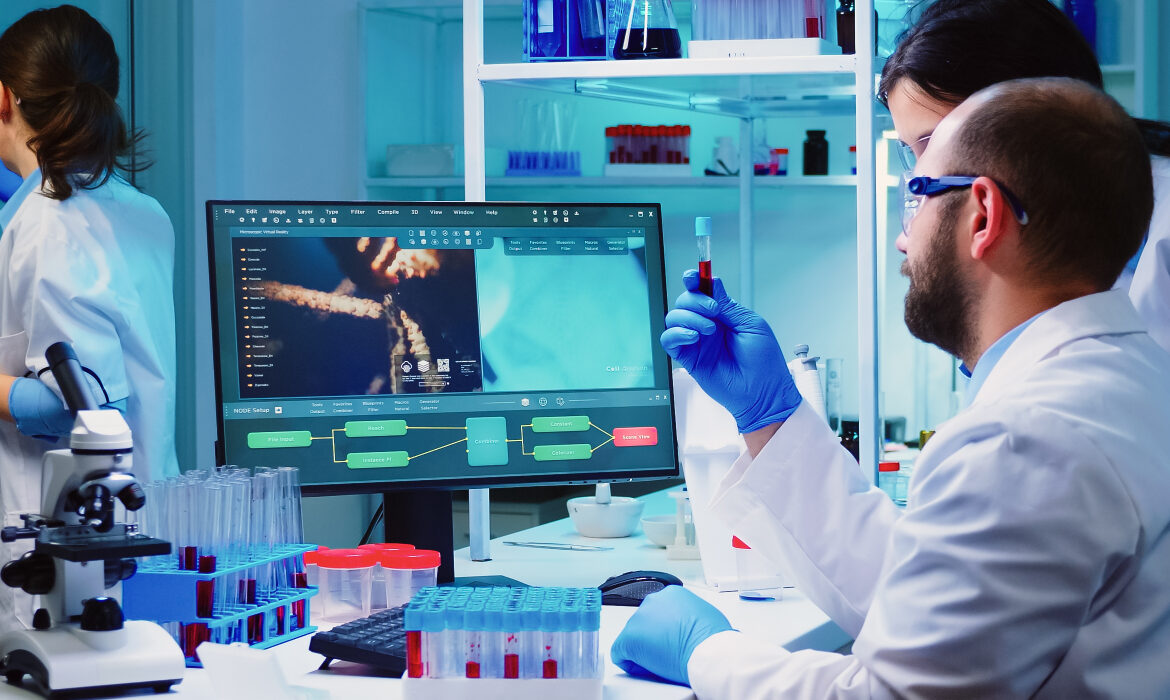Hokkaido University
Hokkaido University (北海道大学, Hokkaidō daigaku), or Hokudai (北大), is a Japanese national university in Sapporo, Hokkaido.[2] It was the fifth Imperial University in Japan, which were established to be the nation’s finest institutions of higher education or research. Hokkaido University is considered one of the top universities in Japan and was ranked 5th in THE Japan University Rankings. It was also selected as a “Top Type” university by the Japanese government’s Top Global University Project. The main campus is located in downtown Sapporo, just north of Sapporo Station, and stretches approximately 2.4 kilometers northward.
History
The history of the university dates to the formal incorporation of Yezo as Hokkaido into the Japanese realm. Director of the Hokkaidō Development Commission Kuroda Kiyotaka, having traveled to America in 1870, looked to the American model of settling the new lands. Upon return he brought General Horace Capron, a commissioner of agriculture who pushed for the adoption of new agricultural practices and crops in Hokkaido’s colder clime. To achieve this an agriculture college was proposed,[1] leading to the founding of Sapporo Agricultural College (札幌農學校, Sapporo nōgakkō) in 1876 by William S. Clark with the help of five faculty members and a first class size of 24 students. In September 1907, Tohoku Imperial University (東北帝國大學, Tōhoku teikoku daigaku) set up the faculty of Agriculture in Sapporo. Tohoku Imperial University ceded the Faculty of Agriculture to Hokkaido Imperial University (北海道帝國大學, Hokkaidō teikoku daigaku) on April 1, 1918. It was one of nine Imperial Universities. The School of Medicine was established in 1919, at which time the Agricultural College became the Faculty of Agriculture. This was followed by the Faculty of Engineering, the Faculty of Science, and finally in 1947, the Faculty of Law and Literature. The current name of Hokkaido University also came into use in 1947. In 1953, the Graduate School was established.[2]
Since 2004 the university has been incorporated as a National University Corporation under a new law which applies to all national universities. Although the incorporation has led to increased financial independence and autonomy, Hokkaido University is still partially controlled by the Japanese Ministry of Education.
In 2014 the university was selected under the Super Global Universities program that began as an initiative of Prime Minister Shinzō Abe who stated its aim was to help more of Japan’s universities rank in the top 100 worldwide.[3] Under the program, it is listed in the top university category or Type A—(Top Type) The Top Type is for world-class universities that have the potential to be ranked in the top 100 in world university rankings. Each Type A university will receive ¥420 million ($US 4.2 million) annually[4] until 2023.
In June 2020, Hokkaido University president Toyoharu Nawa was dismissed by Japanese education minister Koichi Hagiuda for abuse of power at the workplace, becoming the first national university president to be dismissed since national universities became independent in 2004.[5] He was succeeded by former neurosurgeon and director of Hokkaido University Hospital Kiyohiro Houkin.[6]

